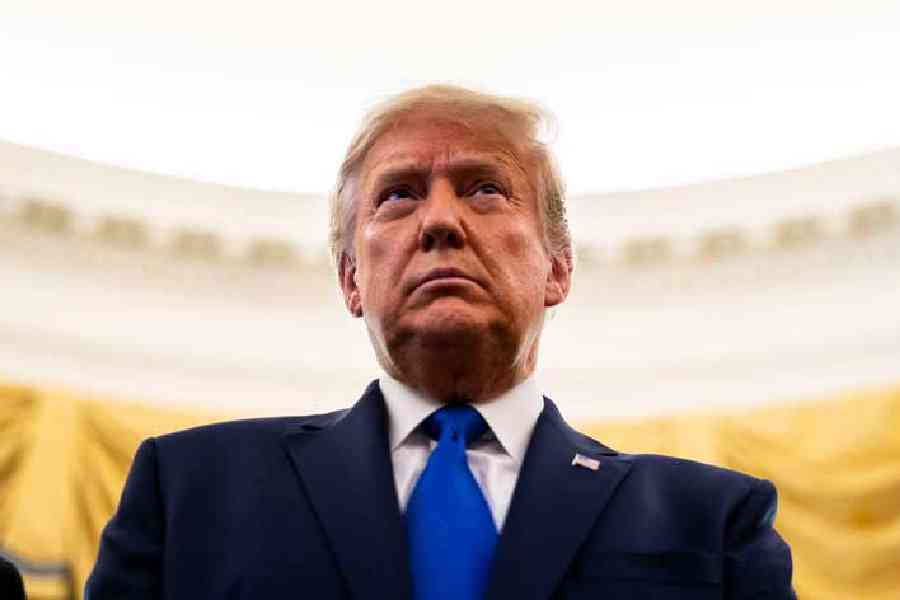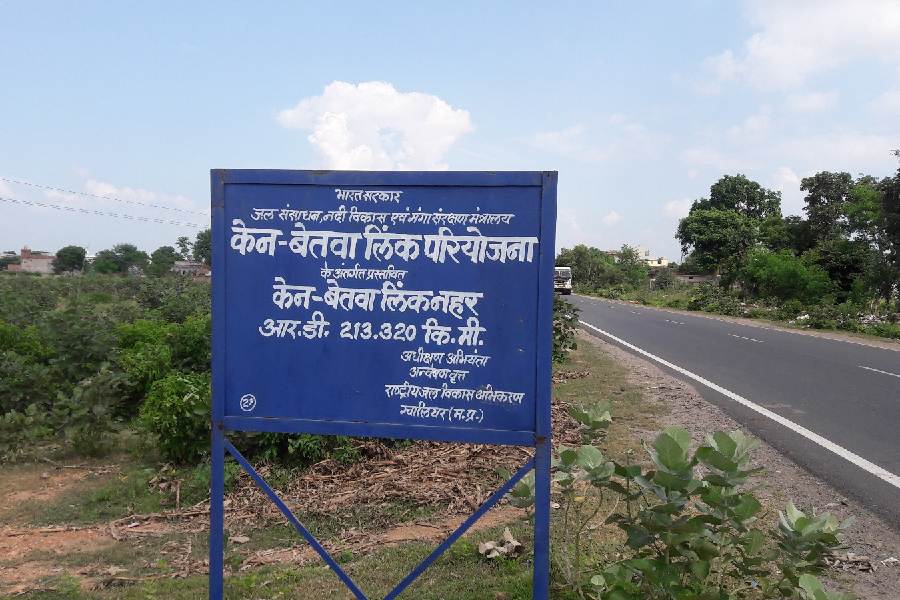Book: PEOPLE VS DONALD TRUMP: AN INSIDE ACCOUNT
Author: Mark F. Pomerantz
Publication: Simon & Schuster
Price: ₹899
The former president of the United States of America, Donald J. Trump, was indicted on 34 felony charges for falsifying business records to disguise a payment that he made, through Michael Cohen, his then personal lawyer, to a former actress who claimed she had had an affair with him. These payments were made in the run-up to the 2016 presidential election. Predictably, Trump has pleaded not guilty to these charges. One of the concerns is that these payments may have hadsome bearing on the election result because they could be considered as an illegal campaign contribution. Mark Pomerantz’s book throws some light on these and other dealings.
An experienced lawyer, Pomerantz was sworn in as an assistant district attorney to Cyrus Vance, the Manhattan DA (he was replaced by Alvin Bragg after Vance didn’t stand for re-election). The publication of this book is timely, as it provides readers with a fascinating amount of background and insider knowledge into the case. But it has also created controversy because there are fears that the book might interfere with the prosecution. In his author’s note, Pomerantz preemptively denies the charge.
Pomerantz reveals the progress of the investigation into Trump’s financial dealings and possible offences. First, there was the question of the money paid to the actress. The “hush money scheme” hinged on the fact that Cohen, who had made the payment, had been reimbursed for legal services by Trump through fake invoices to The Trump Organization. But to charge Trump, the misdemeanour had to be shown to be a felony. Since the money had been paid in response to extortion, and that there had been a concerted effort to conceal Trump as the source of the funds, Pomerantz thought that it would qualify as criminal proceeds. In Pomerantz’s view, this “creative legal theory” came up against the DA’s “cautious and conservative culture,” a frequent complaint of his. For Pomerantz, this was a serious criminal conduct, although they could not find a way to make it hold together — something that was done by Bragg’s office. Second, there was the matter of Trump’s taxes, which led to the indictment for tax fraud of The Trump Organization and of Allen Weisselberg, its former chief financial officer. Weisselberg had for years secured colossal perks on which he had paid no taxes. The third, and in Pomerantz’s eyes, the central issue is the question of the real value of Trump’s assets. He finds that they were systematically undervalued for tax purposes and, equally, systematically overvalued to secure bank loans. Pomerantz tells how the penthouse at the top of Trump Tower was valued at more than $300 million rather than its likely estimate of about $60 million and how the values of his golf courses were grouped together to avoid an investigation into individual golf courses. Pomerantz was keen to prosecute on the grounds of “enterprise corruption”. The central issue was that the “need to hold even the most powerful person accountable for criminal conduct warrant[s] bringing a charge even if conviction is not a foregone conclusion[.]”
The second half of the book reads as an account of Pomerantz’s dealings with the DA’s office, his critical assessment of the legal culture in that office, his threats to resign if a decision is made not to prosecute. Pomerantz’s belief that Trump committed serious crimes and that a jury could find him guilty makes him condemn the DA’s apparent reluctance to prosecute; the hush money case, in his opinion, being far less important than the fraud in his financial statements.
Whether this book helps make the case remains to be seen.











